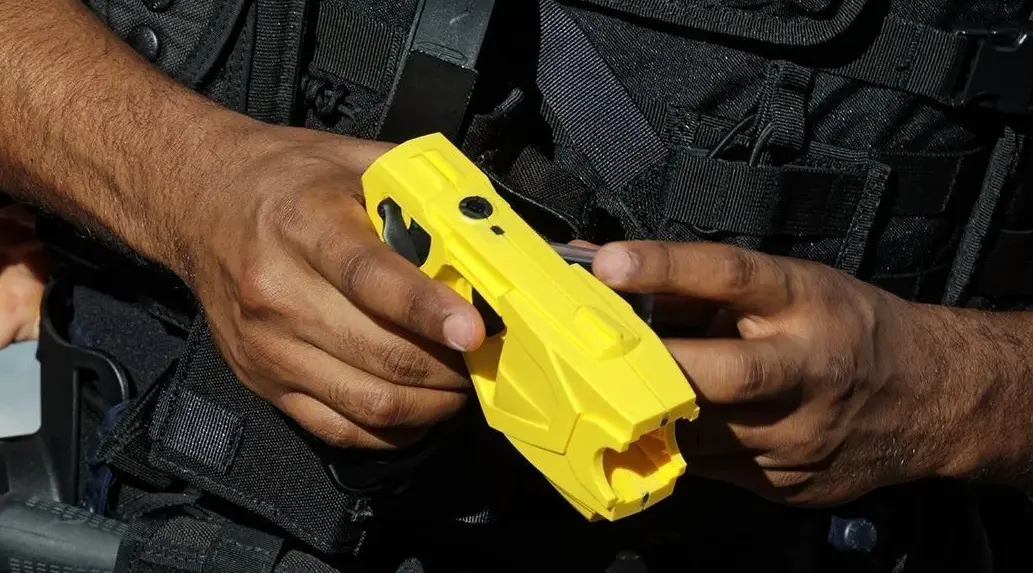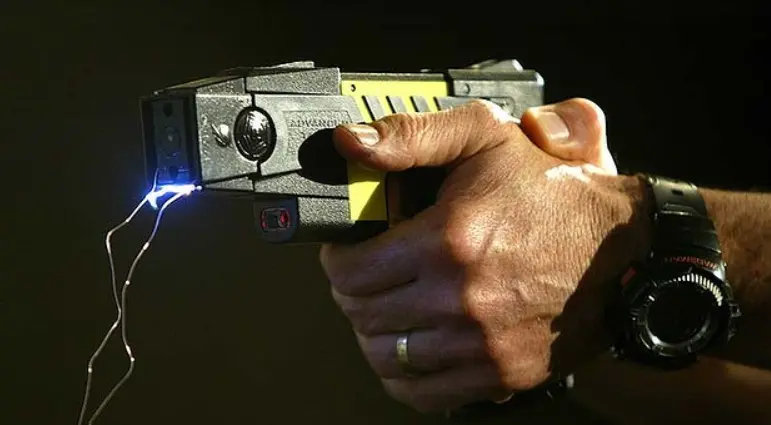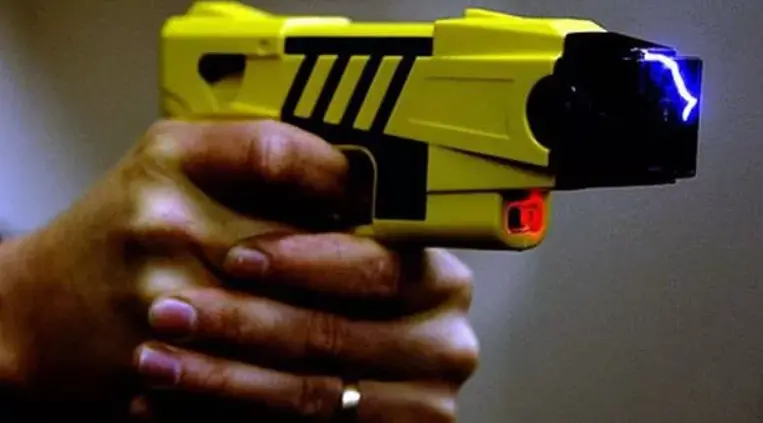In an ever-changing world, personal safety has become a top priority for many. Among the various self-defense tools available, stun guns have gained popularity for their effectiveness and ease of use. A stun gun is a non-lethal weapon that can incapacitate an attacker by delivering a high-voltage electric shock.
Understanding how to safely and effectively use a stun gun is crucial for ensuring your protection. This article will provide a comprehensive guide on choosing the right stun gun, proper usage techniques, safety considerations, legal aspects, and tactical advice.
Understanding Stun Guns
A stun gun is an electroshock weapon that delivers an electric shock to disrupt the muscle functions of an attacker. This temporary incapacitation allows the user to escape and seek help. Unlike tasers, which can be used from a distance, stun guns require direct contact with the target to be effective.
Choosing the Right Stun Gun
 Selecting the appropriate stun gun for self-defense is the first step toward ensuring your safety. Here are some factors to consider:
Selecting the appropriate stun gun for self-defense is the first step toward ensuring your safety. Here are some factors to consider:
- Voltage: Stun guns come in various voltage levels, typically ranging from 100,000 to several million volts. Higher voltage stun guns can incapacitate an attacker more quickly, but even lower voltage models can be effective.
- Size and Portability: Consider the size and portability of the stun gun. Compact models are easier to carry and conceal, making them more convenient for everyday use.
- Design Features: Some stun guns come with additional features such as built-in flashlights, alarms, or safety switches. These features can enhance the utility and safety of the device.
- Grip and Comfort: Ensure the stun gun has a comfortable grip and is easy to hold. A good grip is essential for maintaining control during a confrontation.
- Rechargeable vs. Battery-Powered: Decide between a rechargeable stun gun or one that uses replaceable batteries. Rechargeable models are more convenient but ensure you keep them charged.
Proper Usage Techniques
Using a stun gun effectively requires knowledge and practice. Here are some essential techniques for safe and effective use:
- Familiarize Yourself: Before an emergency arises, familiarize yourself with your stun gun. Read the instruction manual and practice holding and activating the device.
- Carry it Accessibly: Keep the stun gun in an easily accessible location, such as a pocket, purse, or a specialized holster. Quick access is crucial in a self-defense situation.
- Activate the Safety Switch: Many stun guns have a safety switch to prevent accidental discharge. Ensure you know how to quickly deactivate the safety when needed.
- Aim for Key Areas: When using a stun gun, aim for key areas of the attacker’s body, such as the neck, shoulders, abdomen, or groin. These areas are more sensitive to electric shock and will maximize the stun gun’s effectiveness.
- Apply Firm Pressure: Press the stun gun firmly against the attacker’s body and hold it in place for 3-5 seconds. This duration is typically sufficient to incapacitate the attacker.
- Follow Through: After delivering the shock, create distance between you and the attacker. Move quickly to a safe location and seek help immediately.
Safety Considerations
 While stun guns are non-lethal, they can still cause harm if not used correctly. Here are some safety considerations to keep in mind:
While stun guns are non-lethal, they can still cause harm if not used correctly. Here are some safety considerations to keep in mind:
- Avoid Sensitive Areas: Do not aim for the attacker’s eyes or throat, as this can cause severe injury. Stick to the recommended target areas.
- Check Local Laws: Ensure you are aware of local laws regarding the possession and use of stun guns. Some areas have specific restrictions or require permits.
- Regular Maintenance: Regularly check your stun gun to ensure it is in working condition. Replace batteries or recharge the device as needed.
- Training: Consider taking a self-defense class that includes stun gun training. Practical experience will boost your confidence and proficiency.
- Awareness: Always be aware of your surroundings and potential threats. A stun gun is most effective when used as part of an overall safety strategy.
Legal Aspects
Understanding the legal implications of carrying and using a stun gun is essential to avoid legal issues. Laws regarding stun guns vary widely by location.
- Permits and Licenses: Some regions require permits or licenses to carry a stun gun. Ensure you have the necessary documentation if required.
- Restricted Areas: Be aware of places where stun guns are prohibited, such as government buildings, schools, and airports.
- Use of Force Laws: Familiarize yourself with the laws governing the use of force in self-defense situations. Know when it is legally justified to use a stun gun.
- After-Use Procedures: If you use a stun gun in self-defense, contact law enforcement immediately to report the incident. Provide a detailed account of what happened.
Tactical Advice
Using a stun gun effectively in a self-defense situation requires a combination of tactics and awareness. Here are some tactical tips:
- Stay Calm: In a confrontation, staying calm and focused is crucial. Panic can impair your ability to use the stun gun effectively.
- Keep Distance: Whenever possible, maintain a safe distance from potential threats. Use the stun gun as a last resort when escape is not an option.
- Positioning: Position yourself in a way that maximizes your ability to defend. Keep your back to a wall or obstacle to prevent being approached from behind.
- Verbal Commands: Use verbal commands to deter an attacker before using the stun gun. Shouting for help can also attract attention and potentially scare off the attacker.
- Practice Scenarios: Regularly practice self-defense scenarios with your stun gun. This will help you react more effectively in real situations.
Conclusion
A stun gun is a valuable tool for personal protection, offering a non-lethal means of incapacitating an attacker. By choosing the right stun gun, learning proper usage techniques, adhering to safety considerations, and understanding legal aspects, you can enhance your personal safety and preparedness. Remember, the key to effective self-defense is not just having the right tool, but also being knowledgeable and prepared to use it responsibly.
